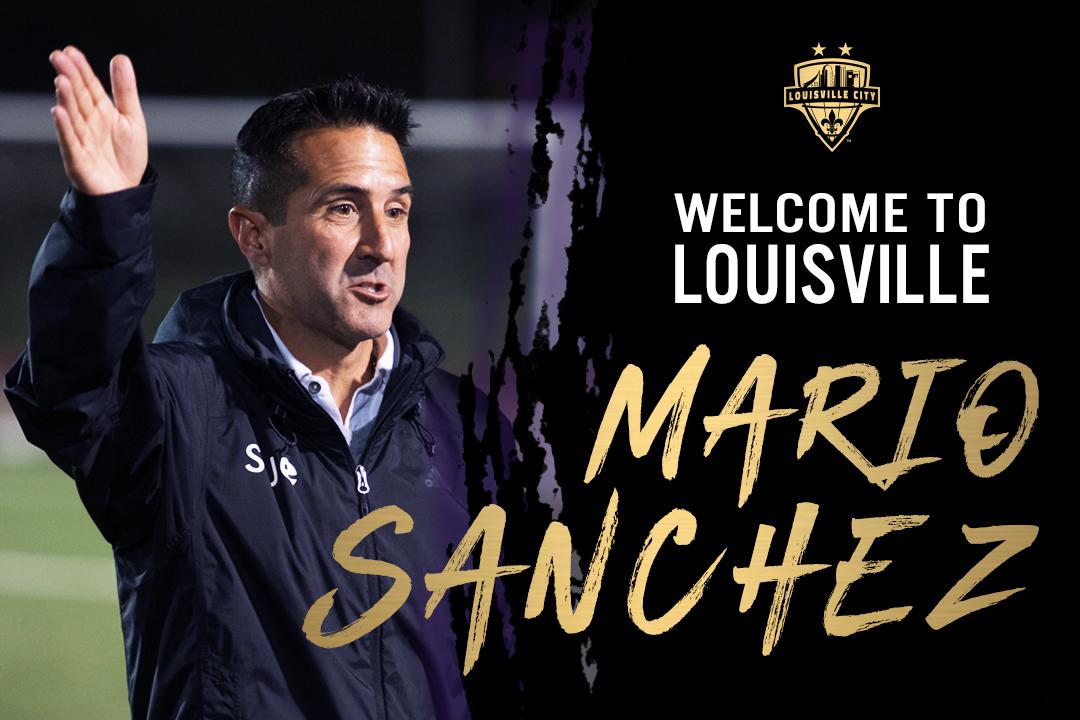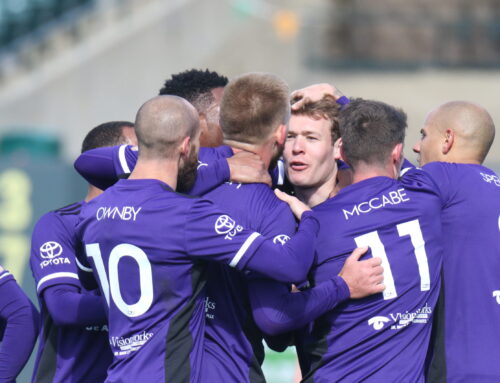I nerd out on good strategy, and this week’s news is another indication that our club has long term sustainable aspirations that are on track. The hiring of James O’Connor as an Executive Vice President of Development by Soccer Holdings, LLC (aka the corporate mothership of Louisville City FC and our future NWSL franchise) is great news…the best off the pitch so far in 2020. Other than the NWSL team announcement, it’s possibly the best of 2019 too. This is also an indication that Soccer Holdings is steadily building an enterprise designed to compete nationally for both men and women in whatever form that takes (MLS, USL, NWSL, USL2, etc…). They’re playing a long game, so don’t look for quick solutions. Let’s applaud the Soccer Holdings board and leadership for their logical methodology and sustainable approach.
In contrast, our rivals in Ohio took a different path by trying to buy their way into the soccer elite (which so far has not been very impressive). Their records are truly something to behold—most goals allowed in a MLS season (75), most shutout losses (15), most goals allowed in a single game (7), and a stellar season ending record of 6 wins, 6 draws, and 22 losses (the worst record in the MLS for 2019). They also had notably the worst goal difference (-44) of any team in MLS ever by quite a large margin (9 points). On the bright side, they did manage to stay off the top ten list of lowest points in a single season…by one point…so maybe not the worst team ever (2001 Tampa Bay Mutiny). Although, with 24 points in 34 games, they would be considered in the top five worst when you take into account the fact that they played more games than teams from the past. I fully expect better success for FC Cincinnati this year, and I would hate to be Carl Lindner’s accountant. Although, since he can’t go overseas and buy a whole new squad, there is a good chance they will continue to be mediocre for some time.
Okay, as fun as it is highlighting Cincinnati’s failures, I need to get back to the point.
What does the hiring of James O’Connor really mean? He won’t be head coach of the men, he won’t coach the U23s or the NWSL team, but what he will do is make every single one of those teams much better. This is due to his strengths, which include his innate ability to find talent and his very high standards in player preparation, training, and character. Initially, I expect to see younger players from other academies and systems come to Louisville for a few years at a time and then be sold to bigger teams domestically and abroad (think Southampton FC, Mark-Anthony Kaye, etc.). Of course, with MLS homegrown player rules, this gets a bit complicated; but I believe James O’Connor has been around the leagues long enough to navigate the system. In the long run, this will set the building blocks for a top tier team in Louisville…based on merit, not money.
I expect James O’Connor to have a lot of influence on who future coaches will be for our NWSL and academy teams, on young player acquisitions and squad round-out players, as well as the transition of younger players to the senior team. He may have some say with preseason preparation so we can expect fewer slow starts, like we had this past year. I also expect to see him help some of our senior players assume coaching positions for our academy. I also think VP O’Connor (I keep wanting to say Coach) has some challenges ahead.
Louisville is a medium-sized city, with a metropolitan area smaller than most, if not all, cities with MLS teams (and a number of the USL Championship teams). Lower population means a smaller pipeline of local talent, and we need to work on this. I propose there are five strategic goals we need to think about:
First is protecting our territory from competitors. Depending on what MLS decides to do with the homegrown territory rule [Ed. Note: they’re getting rid of it], the first thing we need to do is protect Kentucky, including Lexington, from being acquired by an MLS team. The most likely usurpers are Cincinnati, Nashville, and Charlotte. If anything, we need to establish Kentucky as our own; which may seem counterintuitive, but just ask Idaho, Arizona, and New Mexico who’s recruiting their best youth players.
Second, improve the quality of our internal pipeline. Part of this is harmonizing the pay-to-play club soccer system in Louisville (and in other places in the state); which I think Louisville, due to the mighty efforts of Mario Sanchez, is well on their way to doing.
The other part is improving the amount of local talent that does not have the means to get to and pay for club system soccer. The focus of this should initially start at the middle school level. We need more organized soccer leagues that are localized, so working families can participate without having to drive or take the bus across the city for their kids to play. We need partnerships with Jefferson County Public Schools and neighborhood community centers. And we also need more safe places for children to play soccer in their neighborhoods. In the immediate future, there may be an opportunity to partner with Heritage West, the $35 Million Track and Learning Complex being built by the Louisville Urban League in the West End.
I applaud the work of the Louisville Parks Foundation for building the turf fields, but they are expensive and require maintenance. Lower cost options for kids to be able to safely get to and play soccer is something we need to figure out how to provide. This is obviously a bigger problem than the club can achieve on its own; but looking for ways to assist and partner goes a long way to accomplishing the goal.
Third, we need to synchronize our academy efforts with local colleges and universities. The University of Louisville and University of Kentucky are topflight programs where some of our local high school talents go, not to mention Spalding and Bellarmine. Searching for the best way to coordinate playing for the academy and obtaining a college education is an important component of having a solid academy in America.
Fourth, in order to augment our smaller access to local talent, we need to maximize our ability to attract overseas talent into our academy system. Looking for ways to make Louisville attractive for young international talent will pay dividends all around.
Fifth and finally, if not already decided upon, we need to be deliberate about where the academy breaks ground and where academy teams will play their matches. Being accessible to the community, protecting ourselves from MLS invaders, and a whole host of other financial and political ramifications play into this decision.
I can’t wait to watch all of this unfold as the sun shines bright on Louisville…Kentucky…Soccer.







